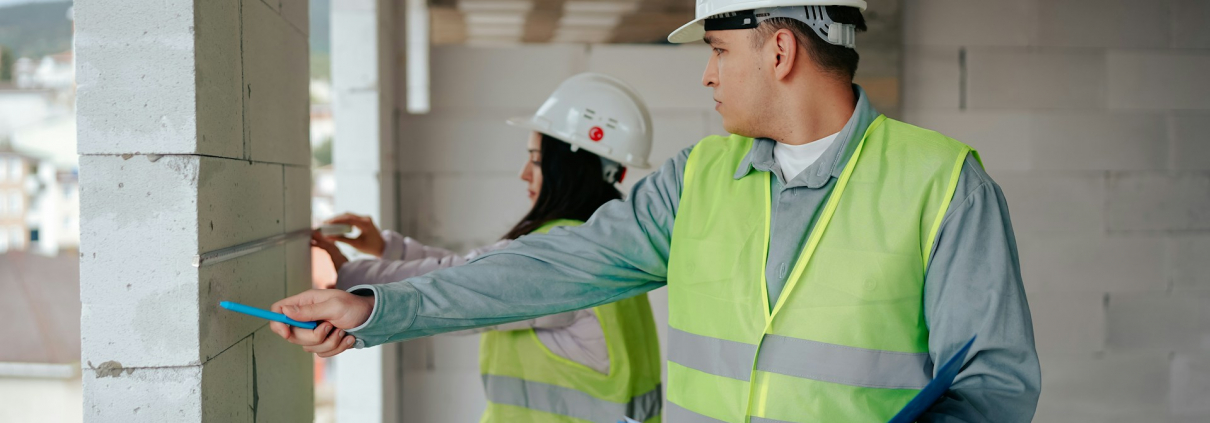Risk-Free: Managing Risks in Your Construction Projects
Construction projects are like complex puzzles with various pieces that need to fit together perfectly. This complexity brings along a host of challenges and uncertainties. Managing risks effectively can help in keeping these projects safer and more predictable. From ensuring the safety of workers to keeping an eye on finances, understanding the different risks can save you from headaches and delays. Having a game plan to tackle these risks can make or break your project.
Every construction site has its set of risks that can impact the project’s timeline, cost, and quality. Paying attention to these risks not only helps in avoiding setbacks but also contributes to a smoother workflow. Identifying potential hazards early on and having strategies in place to manage them is the key. It’s not just about reacting to problems as they arise but proactively addressing them to keep the construction on track and within budget.
Identifying Common Risks
Construction projects can be challenging, with various types of risks lurking at each stage. Understanding these risks can give you a clear picture of what to expect.
– Safety Hazards: Construction sites are buzzing with activities, which can lead to potential accidents. Ensuring that workers follow safety protocols can reduce the likelihood of incidents. Helmets, safety harnesses, and vigilant supervision are just as crucial in keeping a site safe.
– Financial Risks: Staying within budget is often easier said than done. Unforeseen costs, like those from damaged materials or extra manpower, can quickly pile up. Keeping an open channel of communication with project managers and regularly reviewing the budget can help spot issues before they spiral out of control.
– Environmental Risks: Mother Nature can be unpredictable. Heavy rains or extreme temperatures can delay work and damage materials. Being prepared with weather forecasts and having a plan to protect equipment and materials can mitigate such interruptions.
– Legal Risks: Understanding and adhering to local building codes is non-negotiable. Failure to comply can result in costly fines and delays. Staying informed about any changes in regulations and obtaining necessary permits before starting can keep the project legally sound.
By familiarising yourself with these risks and taking preventive measures, you pave the way for a more successful construction project. The aim is to prevent any hiccups that can derail progress, ensuring each stage flows smoothly. Addressing these challenges early on not only helps to avoid unexpected surprises but also builds a safer and more efficient construction process.
Strategies for Effective Risk Management
Managing the various risks involved in construction requires strategic planning. A good place to start is by conducting thorough risk assessments before beginning any project. This assessment helps identify potential issues that might otherwise go unnoticed. By evaluating the entire project scope, you can spotlight areas prone to problems, enabling you to address these before they develop into significant setbacks.
Contingency planning is another essential approach. This involves having backup plans ready in case things don’t go as originally planned. Imagine encountering a severe weather event that halts progress. If there’s a contingency plan in place, work can resume with minimal delays once conditions improve. It’s all about preparing for the unexpected, ensuring your project stays on the right path even when surprises pop up.
Insurance plays a significant role in safeguarding against financial risks. It provides a safety net, covering unexpected costs and protecting against substantial financial losses. Without insurance, unforeseen mishaps could lead to significant expenses, impacting not just the budget but the overall success of the project.
Implementing Risk Management Policies
Effective risk management doesn’t stop at strategy—it extends into action, starting with workforce training. Educating employees about safety protocols and risk management measures equates to fewer accidents. Workers who understand the importance of following guidelines are less likely to encounter dangerous situations.
Integrating technology into risk management is becoming increasingly valuable. With advancements like real-time tracking and digital analytics, predicting risks becomes more manageable and precise. Technology aids in foreseeing potential hazards and in designing effective interventions, keeping the project both safe and efficient.
Continuous monitoring is also key. Regular on-site inspections and updates to your risk management plan are important. Conditions can change, and it’s beneficial to consistently evaluate and adapt your measures to stay ahead of emerging challenges. This vigilant approach provides reassurance that prevention and response strategies remain relevant throughout the project’s duration.
Stay Ahead by Managing Risks Effectively
Preparation is the backbone of any successful construction project. By identifying and managing risks efficiently, you ensure smoother progress and a better outcome. A proactive approach leads to fewer disruptions, supporting both the safety of the workforce and the project’s overall success.
Implementing these strategies and keeping a watchful eye on potential dangers can transform obstacles into manageable tasks. Ultimately, this not only protects your investment but also contributes to a culture of safety and achievement in construction. The effort you put into planning today lays the groundwork for the success and stability of future projects.
Preparation is key to successfully managing risks in construction projects. Ensure your project stays on track and safe by understanding and addressing potential challenges. At Greg Clark Building, we’re ready to assist with your construction needs. For expert advice and more information on how our construction services can support your next project, get in touch with us today.




